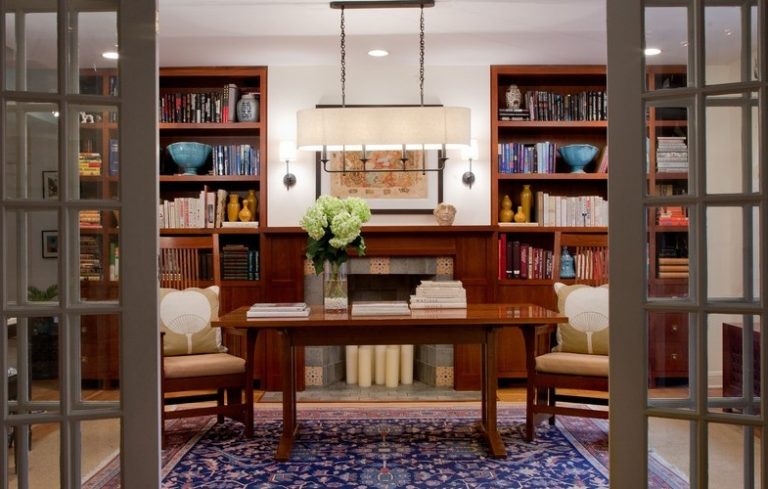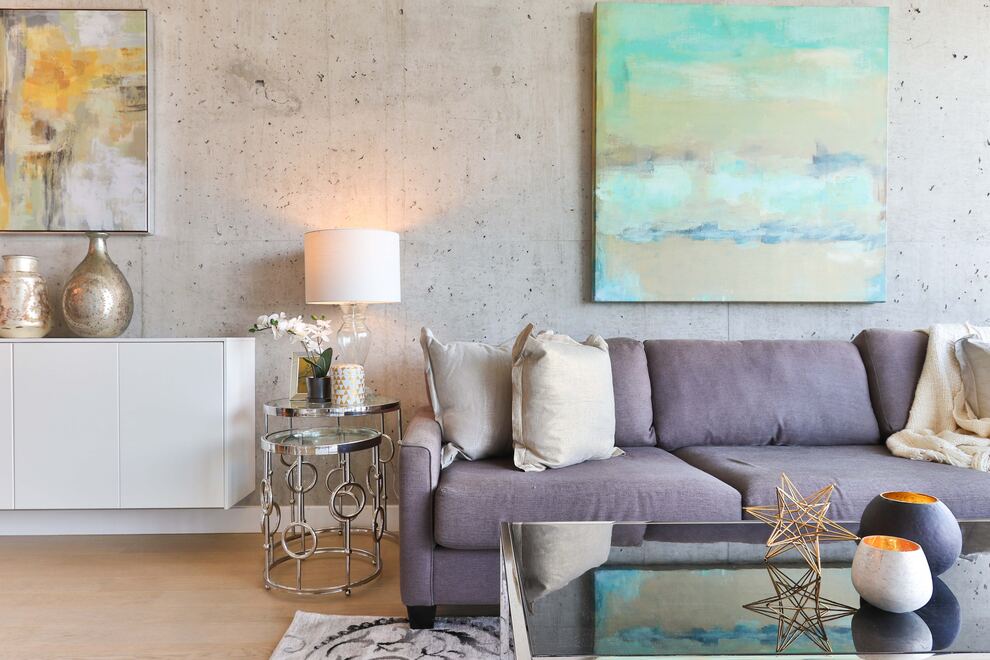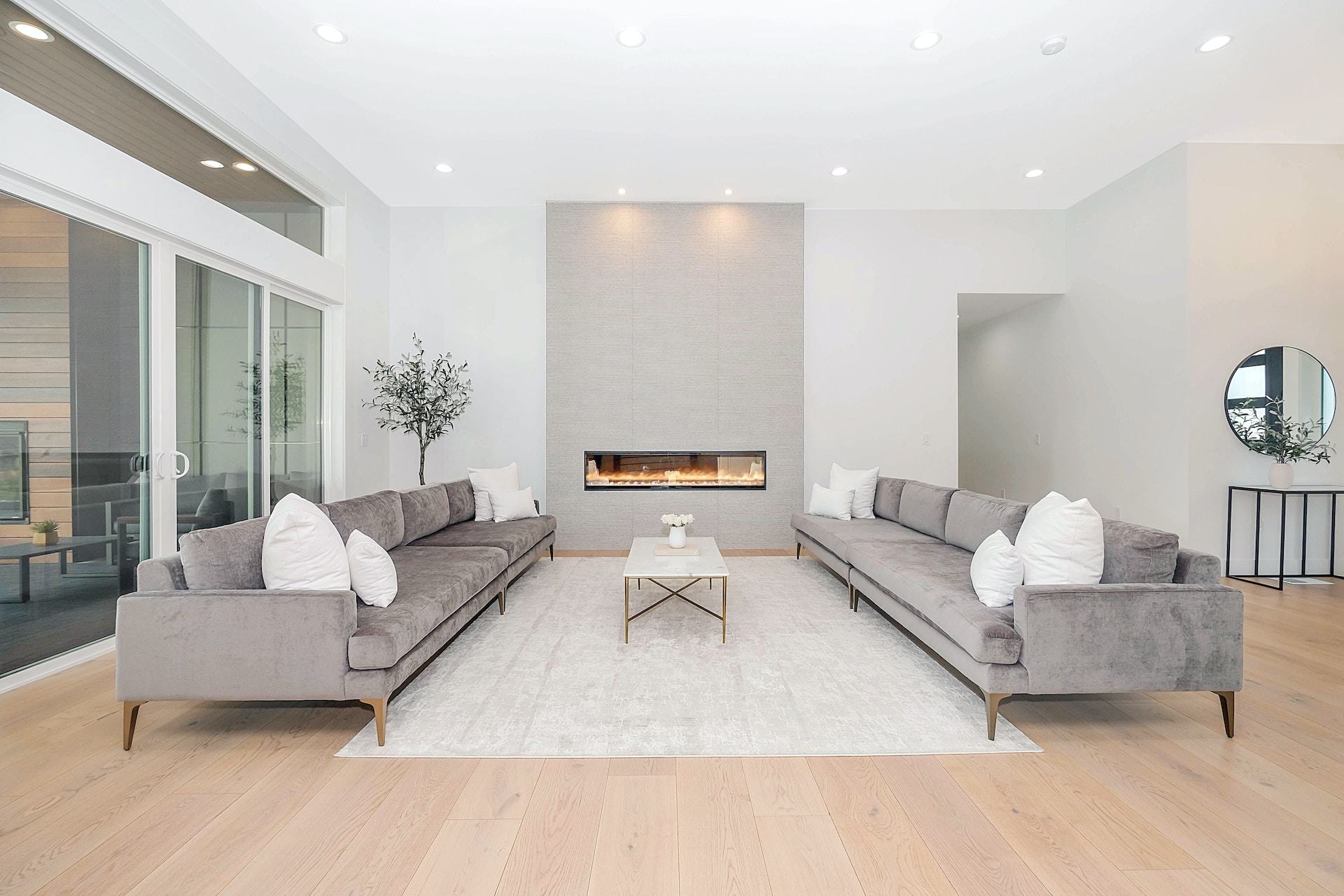If you’ve ever tried to get some work done at the kitchen counter while someone watches TV in the other room, you know how critical a separate, private home office is—especially if you work from home more often than not. But not just any home office will do.
You should design your office space to work with you, meeting your specific needs and providing comfort. Here’s how to set up your home office in a way that helps you do more with less stress.
Stick to the essentials
You don’t need to go overly crazy with furnishings in your office. While a giant TV and a couch to take “thinking breaks” sounds nice, it can also turn into a giant distraction. You’re there to work, after all. While one of the perks of working from home is the ability to set up your space how you want, you should still approach your home office as what it is—an office.
You’ll need a desk and chair for sure. As we’ll get into later, don’t skimp on the chair. The desk, though? It doesn’t need to be anything big or fancy. You’ll want a lamp, probably some storage, and a few pictures or decorations. You can even use the walls to hang white-board calendars and other tools for organization. But maybe leave the pool table for the garage.
And don’t forget that the essentials aren’t always physical. Rachel Oaks, a writer for HighSpeedInternet.com, says, “When designing a workspace in your home, make sure your technology fits your needs as much as your desk does. When I work from home, having reliable internet and a quality computer helps me have less downtime and fewer frustrations.”
Choose a room with a view
If you’re lucky enough to be able to choose which room in your home will serve as your office, make it one with a window. Preferably a window overlooking something other than the neighbor’s house. Having a pleasant view to look at while you work can do wonders for stress levels and productivity.
Another benefit of a room with a window is natural light. Natural light may have a number of health benefits, both physical and mental, so it can go a long way toward making the workday bearable.
If your office space doesn’t have access to a window, consider installing a faux window to brighten up the room.
Splurge on a great chair
If you spend more than an hour or two a day sitting at your desk, a good chair is critical. Your chair can either save you from a lifetime of back pain or cause one. If you’re on a budget and can spend big bucks on only one item, make it the chair.
Forget the big leather “executive chairs.” Look for a so-called “task chair” that’s designed for sitting for extended periods. Many chairs have ratings for how many hours per day they’re intended to be used. You’ll also want to look for important ergonomic features:
- Adjustable lumbar support
- Adjustable tilt tension (the amount of force it takes to recline)
- Adjustable or removable armrests
- Adjustable height
Whatever chair you end up buying, keep in mind that what feels good for leaning back and relaxing is not necessarily the same as what feels good after six or eight hours of typing at a desk. “People usually find out what they need based on where their bodies are hurting,” says Roger Hockett, owner of WorkSpaces. So find chairs you can try in person, and consider ones with a trial period.
Put your home office as far away from your living space as possible
It’s becoming more and more normal for people to always be thinking about work, even when they’re home. That works for some, but others need to be able to leave the office and decompress. If your office is at home, that can present a challenge.
One way to combat this dilemma is to set up your office in the room furthest from your bedroom and other living areas. That way you won’t be reminded of work every time you walk down the hall. Samantha R. Strazanac, founder of Strazanac Solutions LLC, shares, “The best thing about my workspace is the desk and the fact that it is separate from the rest of my house. The desk and dual monitor gives me the feeling that I am in a real office and not at home, unlike how it would feel if I were working off the kitchen table.”
These tips should help you get your office set up for maximum productivity. You’ll have the best location, most ideal space, a comfy chair, and everything you need to get your work done. Now, get in there and get to work!
This is a guest post from our friends at Safewise.




